Mud Fever, Scratches or Grease Heel – Whatever you call it, here’s what to do about it
Mud fever, also known as pastern dermatitis, scratches, grease heel, etc., is a common skin condition in horses caused by a combination of wet and muddy conditions, bacteria, and fungi. It typically affects the lower legs, especially white ones, and, if not addressed properly. can cause discomfort and lameness. Immune-challenged horses are also more susceptible to getting mud fever.
Causes of Mud Fever
Mud fever is often caused by prolonged exposure to wet and muddy conditions, which can soften the skin and make it more susceptible to infections. Bacteria such as Dermatophilus congolensis and fungi can invade the compromised skin, leading to inflammation and infection.
Symptoms of Mud Fever
⚫ Redness and swelling of the affected area
⚫ Crusting and scabbing on the skin
⚫ Hair loss in the affected area
⚫ Pain and discomfort, leading to lameness in severe cases

Mud Fever Remedies and Prevention
💦 Keep the Affected Area Clean and Dry: Mud fever starts when horses stand in damp conditions for long periods of time.
🏡 Environmental Management: Try to keep your horse in a dry environment, especially during wet weather. Use bedding that absorbs moisture and avoid turnout in muddy paddocks.
🦠 Boost Immune System: Ensure your horse receives a balanced diet with adequate vitamins and minerals to support a healthy immune system.
🍃 Topical Ointments: Zinc-based ointment can also provide a protective barrier to keep the scabs from coming back.
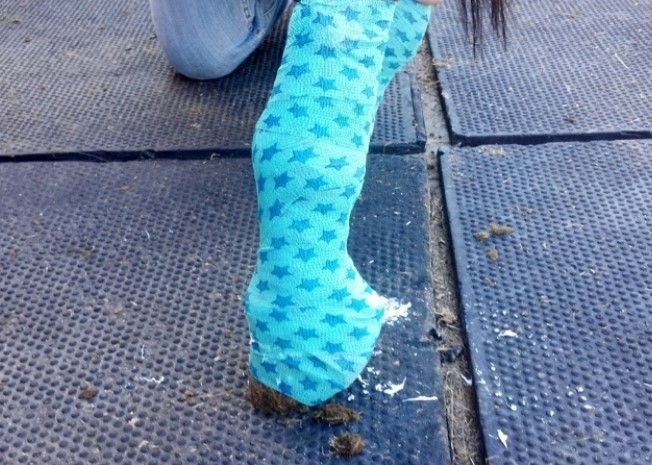
🚩 For severe cases: Never hose with fresh water at it creates edema and swelling. Horses are saltwater bodies.
❌ Do not pick the scabs off.
👶Find thick zinc ointment made for soothing diaper rash on baby bottoms.
🫙 Get the thick kind that comes in a jar or tub with screw off lid.
🫱 Slather the affected areas without washing or scrubbing. Then cover the area with clear plastic food wrap, and then vet wrap.
⏱️ After 24 hours, take the warp off and wipe the area down, again without water. If there are still scabs, repeat the process for another 24 hours. It should be gone after the second application.
DIY Natural Itch Relief Spray
Putting harsh chemicals on already irritated skin could make things worse. We find essential oils to be an effective and gentle natural solution.
To make the spray: Dilute 10 drops of tea tree and 10 drops of lavender essential oils per 8oz of water.
To use the spray: Shake well before each use to ensure the oils are evenly dispersed. Spray lightly on affected areas of your horse’s skin, avoiding sensitive areas such as eyes and nose. Use 1-2 times daily or as needed to soothe irritation.
Is It Really a Training Problem, or Is Your Horse in Pain?
If your horse bucks, resists the canter, or just feels off under saddle, the first thing many people assume is that it’s a training issue. Maybe the horse is being stubborn, or maybe it just needs more groundwork. But I want to let you in on something I’ve seen
Did You Know That Saddle Fit Issues Are Really Horse Body Issues?
Saddle fit isn’t just about the saddle — it’s about the ever-changing body of the horse beneath it. While it’s tempting to invest in custom saddles or quick fixes like padded inserts, lasting comfort and performance come from addressing the root of the issue: your horse’s physical balance and
Useful, Helpful Tips and Tricks for Horse Care | April Love’s Interview on The Backyard Horse Enthusiast
What would you do if your horse was limping, colicking, or spooking—and no one could tell you why? That question lit a fire in April Love that would grow into a global mission: helping horse owners uncover the root causes of mystery lameness, behavioral issues, and chronic pain that
Mud Fever Prevention and Remedies
Mud season is not fun for horseman, but standing in mud for long periods of time can mean pesky skin and hoof problems for the horses. The key is to stay on top of things.
How to Find the Cause of Lameness in Horses
When a horse shows signs of lameness, pinpointing the exact cause can be challenging due to compensatory mechanisms. Horses often redistribute weight and movement to avoid pain, making the actual injury difficult to locate. Here’s a practical step-by-step guide to help you identify the root cause of lameness in
5 Must-Know Hore Care Tips for Winter
In this comprehensive guide, we'll share five essential cold weather horse care tips straight from the experts at Holistic Horseworks.Whether you're dealing with freezing temperatures, icy conditions or relentless mud, these strategies will help you keep your horse happy and healthy through even the harshest of winters.
Dogs Love Bodywork, Too! (Prevents ACL Tears and Hip Displaysia.)
If you’ve ever watched your dog run and noticed something a bit off—like both hind legs moving together or noticeably dragging their toes—it might be more than just an aging issue or a minor injury. Proactively managing canine skeletal health can prevent long-term joint issues such as hip dysplasia
Effective Pain Relief for Horses with Kissing Spine
Effective Pain Relief for Horses with Kissing Spine Share this article: Table of Contents Kissing spine sounds terrible and it can end your horse’s career by causing bucking or bolting under saddle which can be extremely dangerous to the rider. You may ask is it a genetic
Natural Remedies for Laminitis in Horses
Natural Remedies for Laminitis in Horses Share this episode: Table of Contents Horse’s hooves have to support the entire body. Hoof care must be the foundation for complete health care. In this episode, April discusses various hoof issues and effective solutions for maintaining healthy hooves. Whether you’re dealing with
Prevent Uveitis in Horses for Healthier Eyes
Prevent Uveitis in Horses for Healthier Eyes Share this article: Table of Contents Do you notice swelling above or below your horse’s eye? Is the inside corner inflamed and pink, or is the eye constantly tearing up? Maybe there’s a weird discharge? These are telltale signs of equine uveitis, or,



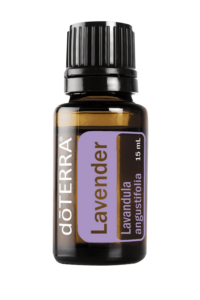
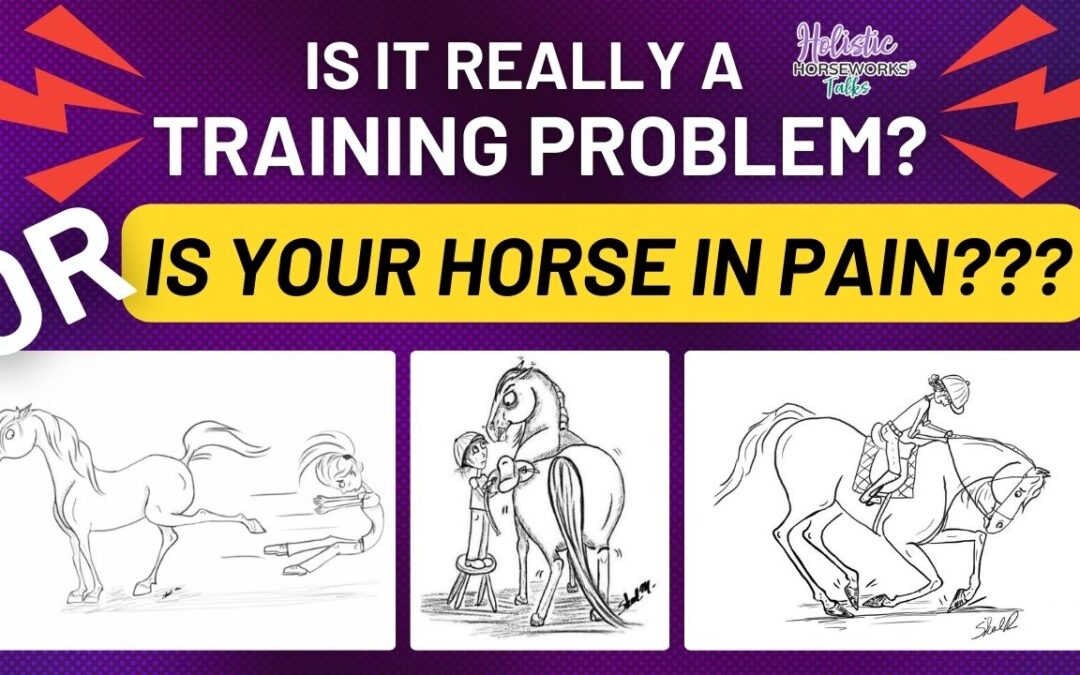

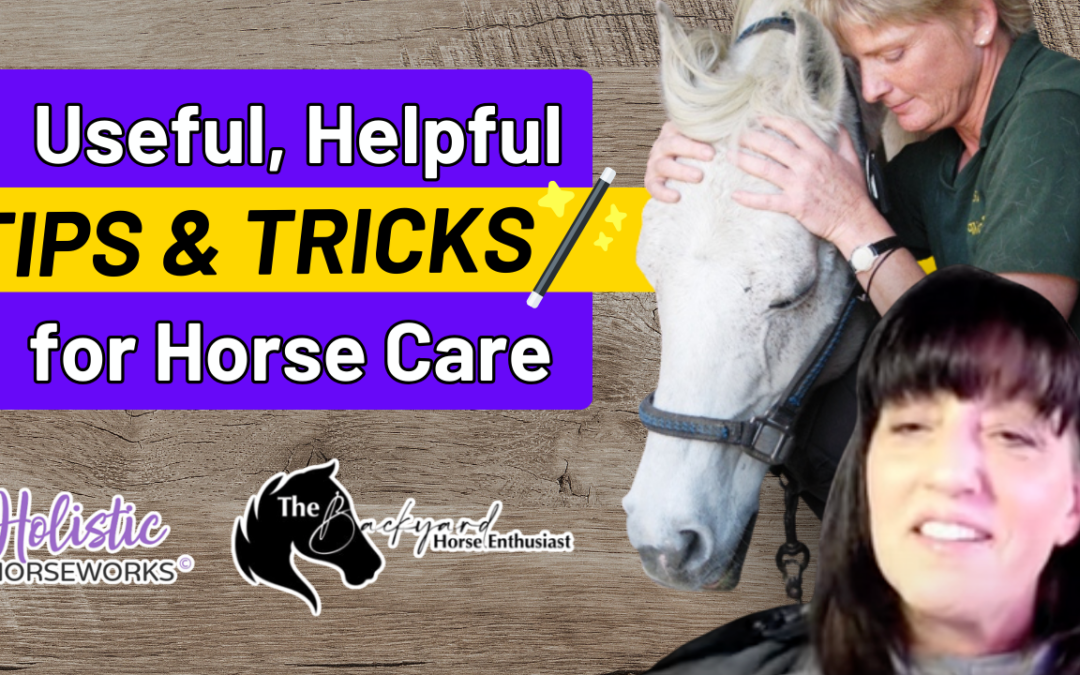
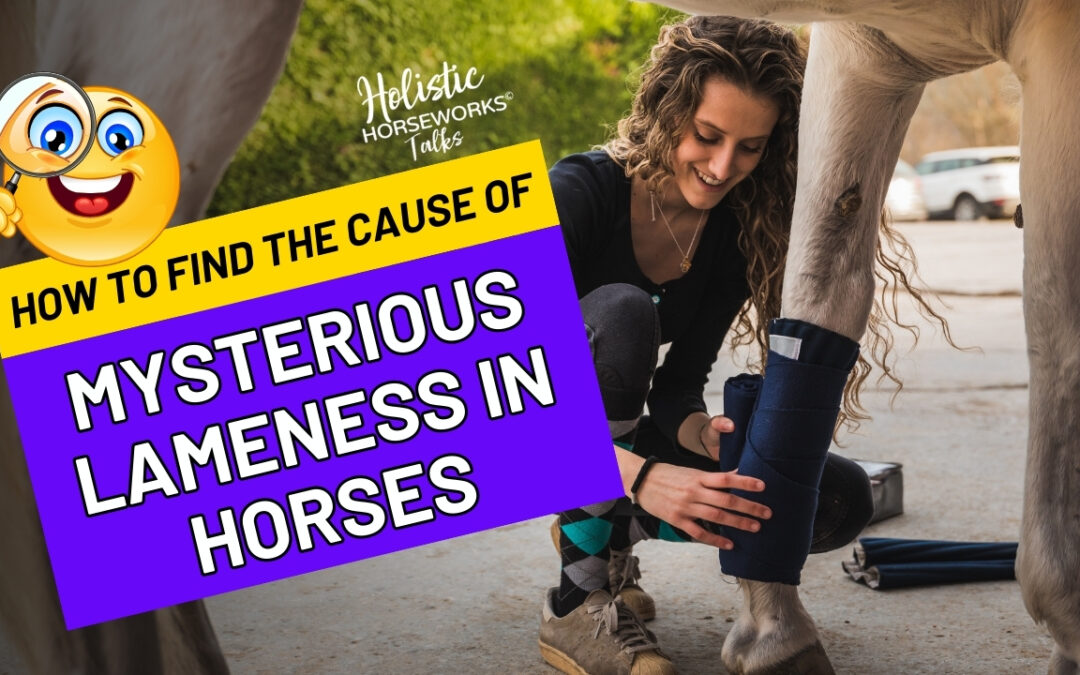
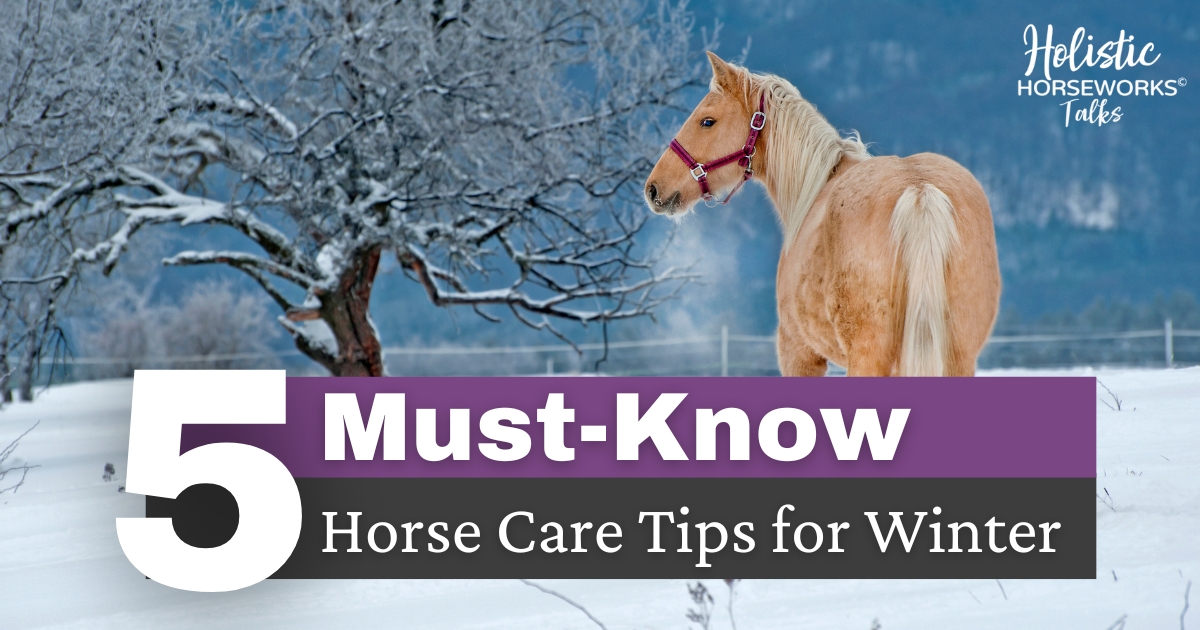



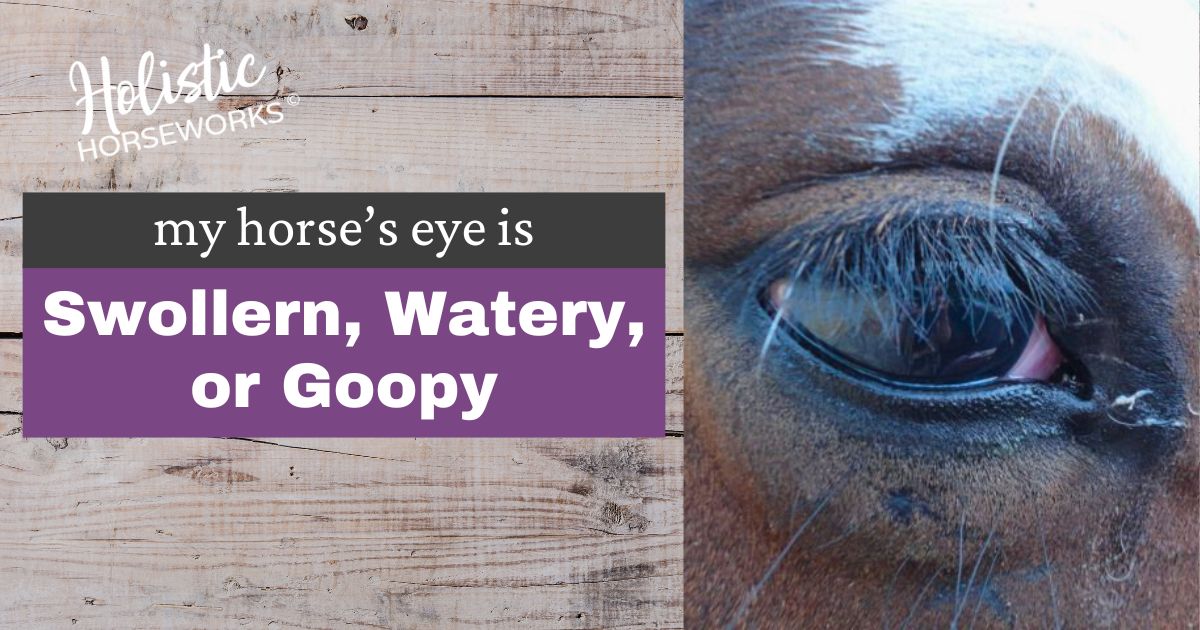


![Complete Level 1 & Level 2 Home Study + Private Training Package [NO DVD]](https://holistichorseworks.com/wp-content/uploads/2022/08/Level-1-and-Level-2-complete-home-study-and-training-package-400x400.jpg)
![Level 1 "Equine Musculoskeletal Unwinding" Home Study -Watch Instantly [NO DVD]](https://holistichorseworks.com/wp-content/uploads/2022/08/Level-1-Home-Study-400x400.jpg)
![Level 2 “CranioSacral Unwinding & Advanced Applied Kinesiology” Home Study - Watch Instantly [NO DVD]](https://holistichorseworks.com/wp-content/uploads/2022/08/Level-2-Home-Study-400x400.jpg)




![Equine CranioSacral Energy Work -Watch Instantly [English and French]](https://holistichorseworks.com/wp-content/uploads/2022/09/equine-cranial-sacral-energy-work-watch-instantly-400x400.jpg)